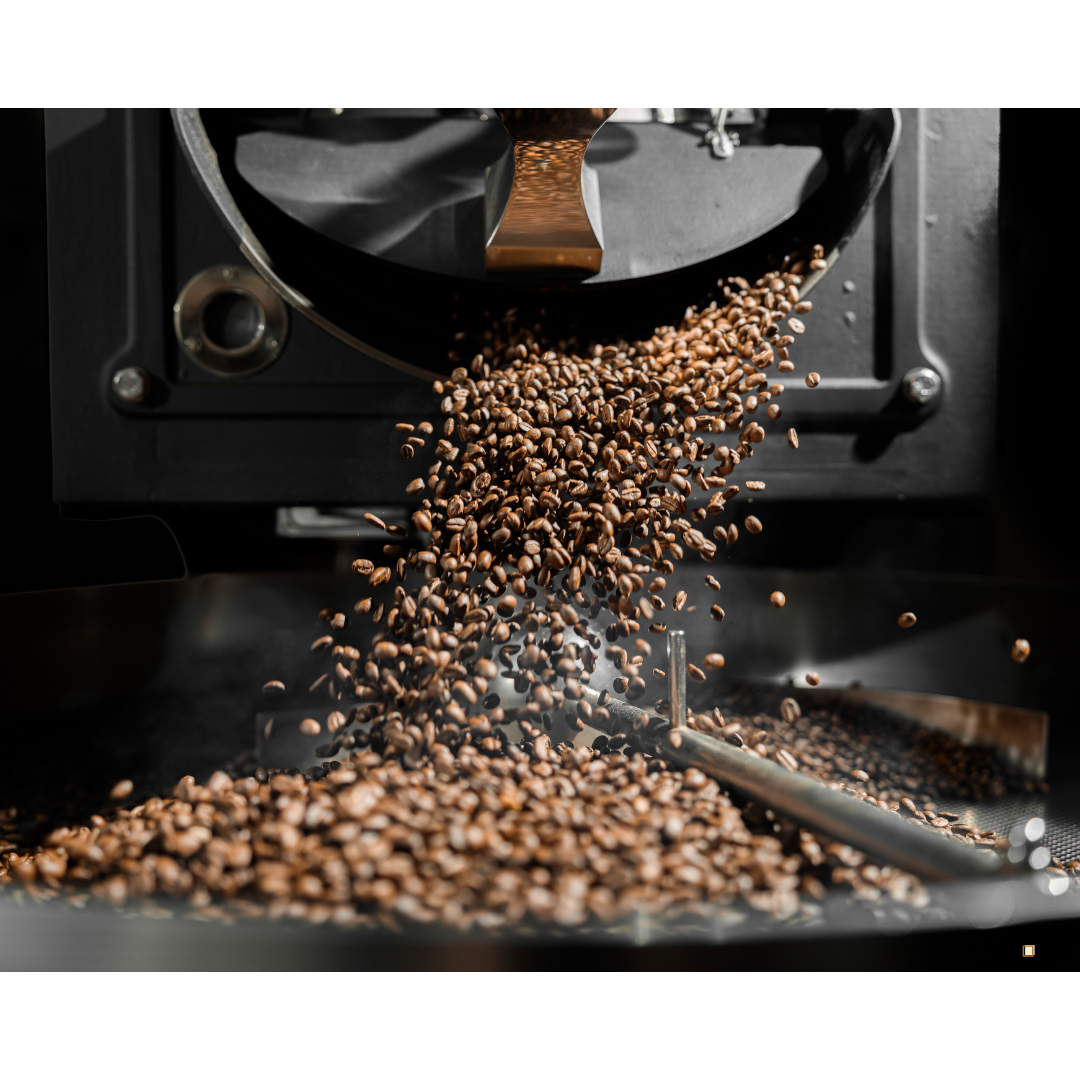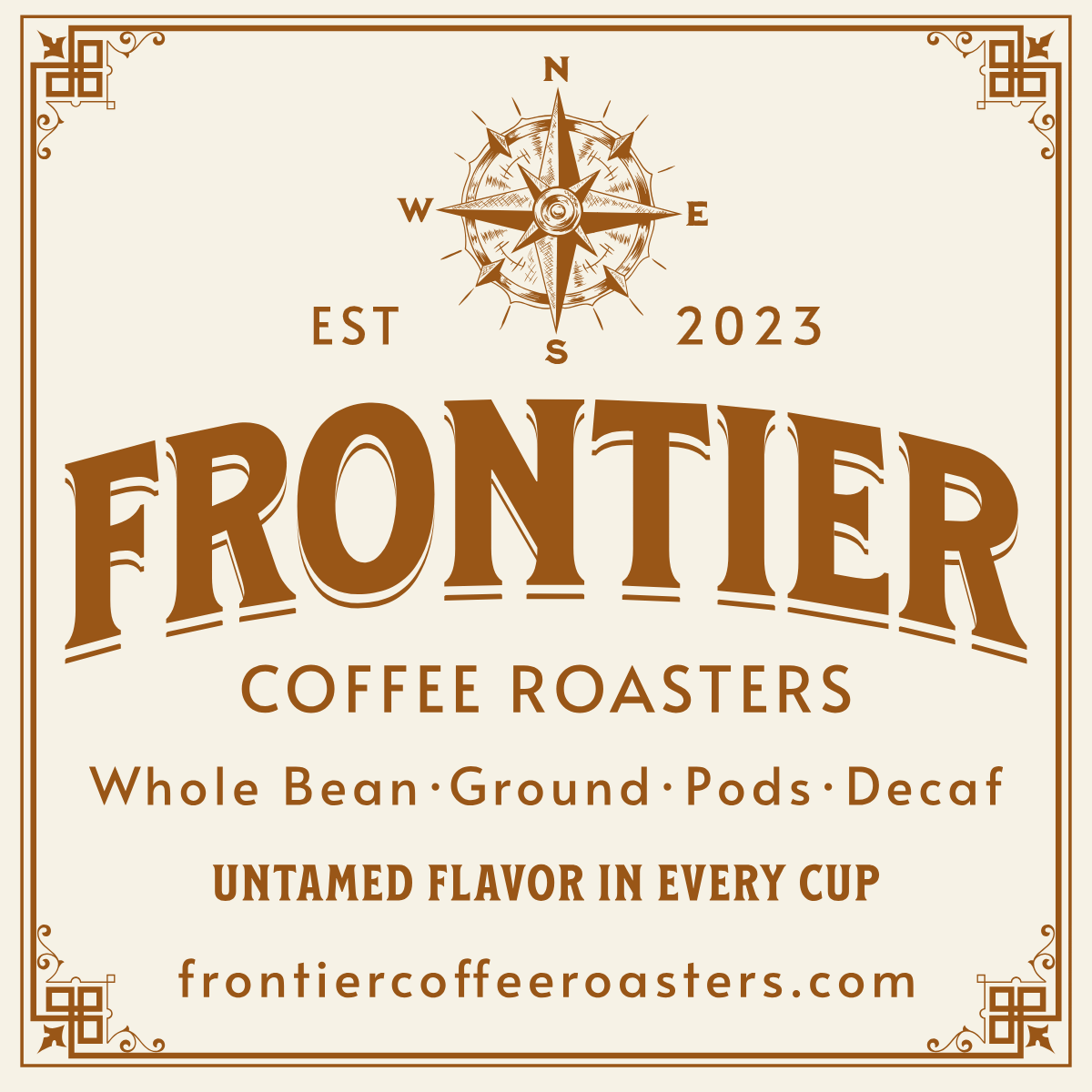
The Perfect Coffee-to-Water Ratio for Brewing small batch coffee
When crafting the perfect coffee-to-water ratio for brewing small batch coffee, it all starts with understanding that every element in the brewing process has a profound impact on the final cup. Getting the ratio just right isn’t just about following a set formula—it’s about tuning into the subtle interplay of flavors and aromas. There’s an art to it, and once you learn to master that art, you’ll find that the coffee you brew at home can rival the best cups you’ve tasted from your favorite third wave café.
To begin, think about how coffee grounds and water interact. Hot water extracts oils, acids, sugars, and various flavor compounds from your beans, resulting in the complexity and depth that sets great coffee apart. The key is balance: too little coffee or too much water can yield a watery, lackluster experience, while overloading on grounds can bring forth bitterness. When you understand the chemistry and approach coffee with mindfulness, you’ll discover just how rich and rewarding a perfectly balanced cup can be.
Mastering the Coffee Bed
When it comes to perfecting the coffee bed, small batch coffee truly shines by allowing you to pay close attention to every detail of the brew. The coffee bed—the layer of ground beans that sits within your brewer—is at the heart of your ratio. You want even saturation so that water channels uniformly through the grounds, extracting a harmonious blend of flavors. A consistent coffee bed density, levelness, and uniform grind size help ensure that all grounds interact with the water in the same way.
A great rule of thumb for starting out is something in the neighborhood of 1:16 to 1:17 (one part coffee to 16 or 17 parts water by weight). For example, 20 grams of beans to about 320–340 grams of water is a common baseline. This ratio tends to yield a bright yet full-bodied cup, highlighting the beans’ complexity. From there, tweak the ratio slightly—maybe lean toward 1:15 for a more concentrated flavor or 1:18 if you prefer something lighter and tea-like. The beauty of working in small batches is that it’s easier to experiment with these slight adjustments and discover what flavor profile most resonates with you.
Optimizing Grind and Brew Times
Before you adjust your grind size, small batch coffee provides a perfect testing ground for minor changes that yield significant improvements in taste. Once you have a baseline ratio, consider the grind setting. Finer grinds slow down extraction as water takes longer to pass through, generally resulting in more intense flavors. Coarser grinds speed things up and can leave you with a lighter cup. By making small adjustments and tasting the results, you can refine how the ratio and grind interact.
Time is another vital factor. Brewing methods like pour-over or manual drip benefit from a controlled pour, ensuring even extraction. Aim for a total brew time of around two and a half to three and a half minutes, depending on the method and your beans. Once you lock in the ratio and grind, you can fine-tune the timing. The interplay of these variables might feel complex, but remember: you’re in control, and each cup you brew is a chance to dial in closer to perfection.
Fine-Tuning Brewing Variables
Once you’re comfortable with the basic parameters—ratio, grind, and time—you can play with water temperature, agitation, and filtration methods. The ideal water temperature generally hovers between 195°F and 205°F. Hotter water tends to extract more rapidly, potentially bringing out bolder flavors but also risking bitterness if you push it too far. Slightly cooler water can encourage a more delicate, sweet cup but may sacrifice some vibrancy. With carefully selected beans, even a slight variation in temperature can unlock notes you never knew existed.
Agitation, such as stirring or swirling the bloom and subsequent pours, can also influence extraction. Too much agitation might over-extract certain flavors, while too little may lead to uneven results. Similarly, the filter type (paper, metal, or cloth) will affect the cup’s body and clarity. Experimenting with these subtle variables ensures you keep discovering the full potential of your beans. Over time, you’ll develop a brewer’s intuition, understanding how to tweak each variable to highlight what you love most about your coffee.
Ensuring Ultimate Satisfaction with small batch coffee
At Frontier Coffee Roasters, we understand that dialing in the perfect coffee-to-water ratio can be a challenge—and that’s why we’re here to help you get the most out of your small batch coffee experience. Whether you’re experimenting with new ratios or exploring different flavor profiles, our curated selection of beans offers something for every palate. From vibrant, fruit-forward light roasts to smooth, chocolatey dark roasts, each variety is crafted to shine with precision brewing.
Our sourcing approach is grounded in quality and transparency. We partner with trusted importers to find beans that reflect their origin’s distinct terroir and processing methods. Roasted in small batches to preserve freshness and flavor nuance, our coffee stands apart from mass-produced blends. That attention to detail means every gram you measure and every ounce you pour contributes to a cup that truly delivers.
And with fast, reliable delivery, you can brew with confidence knowing your coffee will arrive fresh and ready for your next experiment. Whether you’re perfecting a slow Sunday pour-over or crafting a quick, satisfying brew before work, we’ve got your back with expertly roasted beans, practical brewing guides, and responsive support.
At Frontier Coffee Roasters, we believe every brewer is on a personal journey. Whatever fuels your passion—ritual, curiosity, or that perfect first sip—we’re here to provide the tools and quality ingredients that make every cup deeply rewarding. For more brewing tips and inspiration, visit our small batch coffee hub and take your next step toward mastering your coffee craft.

